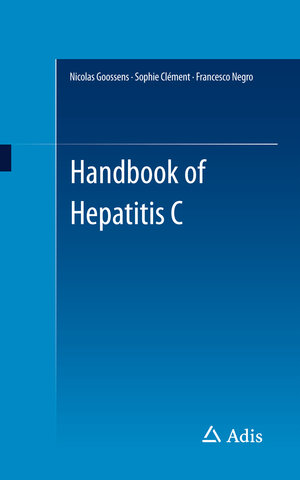
“The purpose is to address the natural history and pathophysiology of HCV as well as the diagnosis and management of patients with this disease. The book is successful in meeting these worthy objectives. … The information is relevant and informative for both new GI fellows and established practitioners. The book also would be useful for internists, residents, and fellows. … This is a useful book for both a detailed read and a quick reference on hepatitis C.” (Nicole E. Pisapia, Doody's Book Reviews, August, 2016)
This book is a concise and up-to-date review of the clinical features, pathophysiology, diagnosis, and treatment of patients with hepatitis C. Busy health care professionals who want a quick review of hepatitis C and new developments in treatment for hepatitis C will benefit from this succinct guide.
Hepatitis C virus primarily infects liver cells and can lead to chronic damage to the liver. Patients with hepatitis C infection often develop liver sequelae such as fibrosis, cirrhosis, and hepatocellular carcinoma if left untreated. It is estimated that 150 million people worldwide are infected with hepatitis C virus, and if eradication is to be achieved it is imperative to diagnose and treat such individuals.



